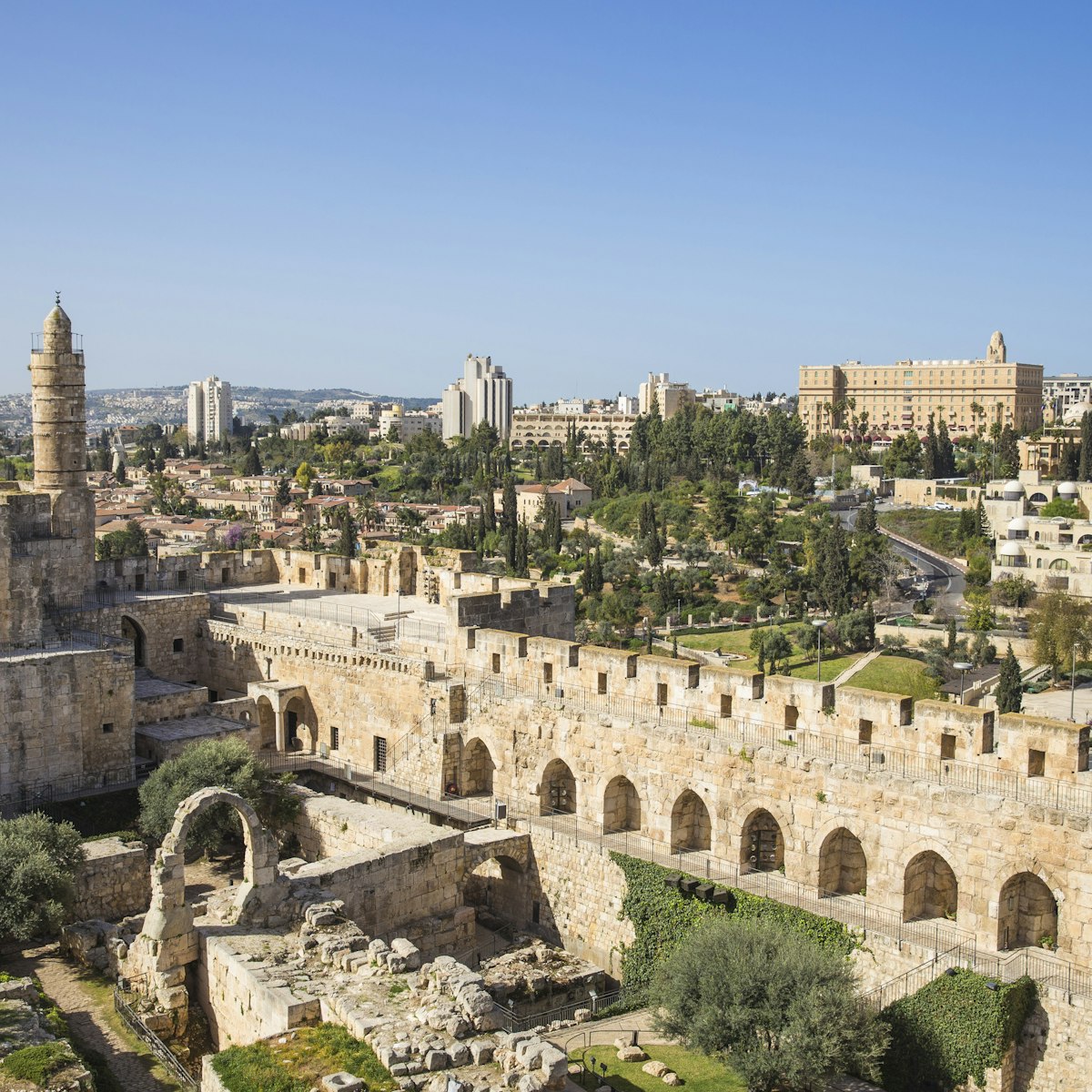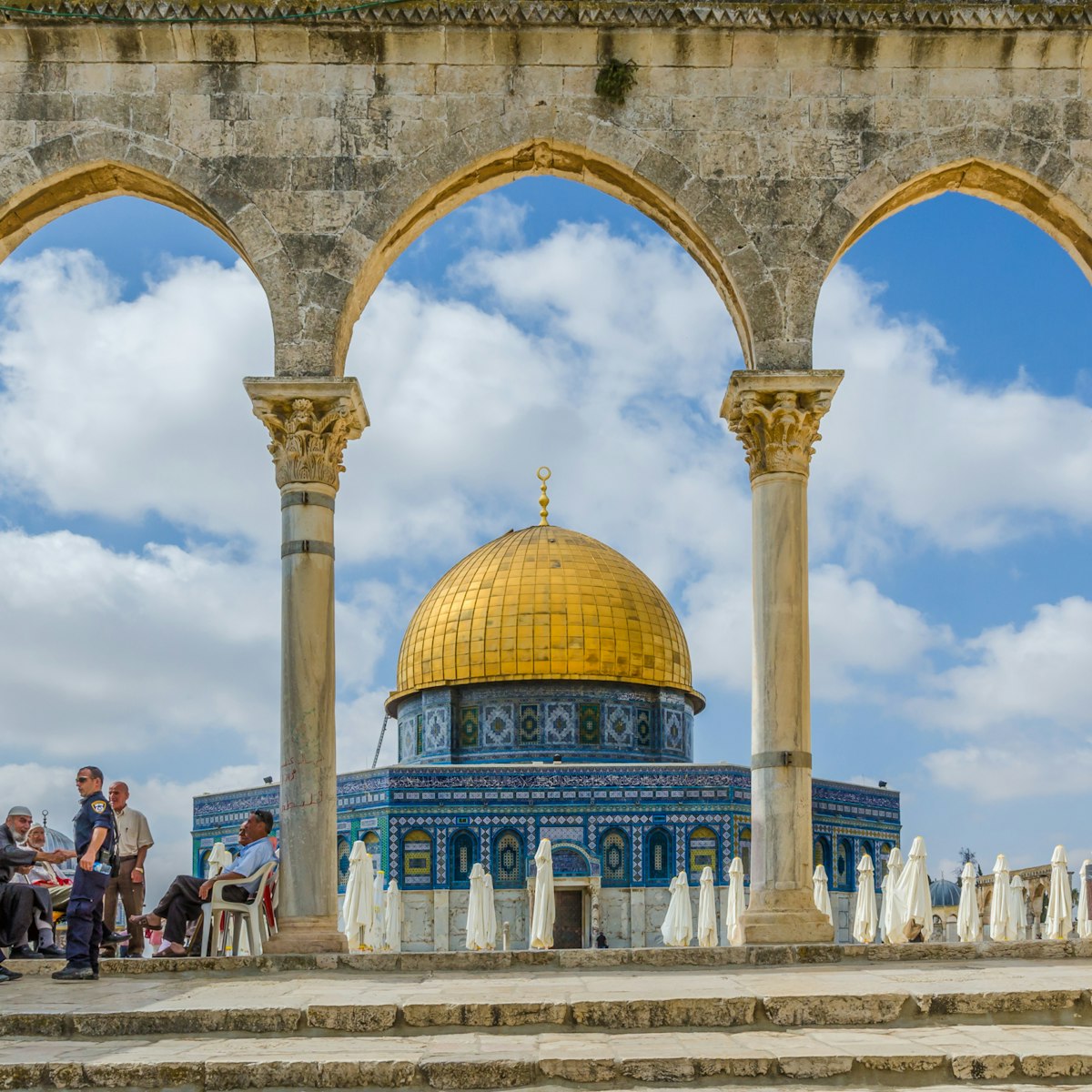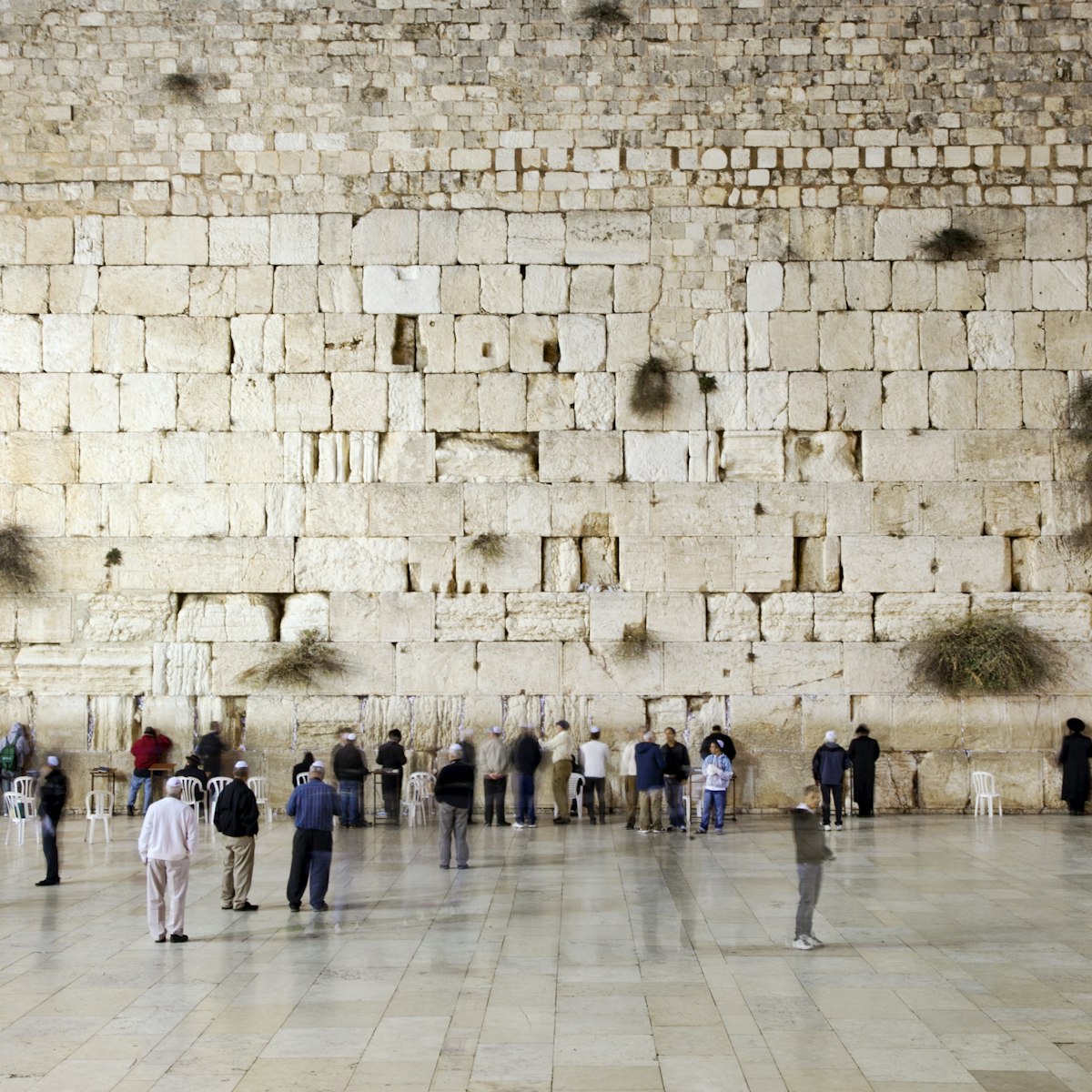The finest example of Crusader architecture in Jerusalem, St Anne's was completed in 1138 on a site thought to have been the home of Joachim and Anne, parents of the Virgin Mary. One of the sunken pools accessed from the rear of the church compound is traditionally thought to be the biblical Pool of Bethesda where Jesus is said to have healed a sick man (John 5:1–18). Many groups walking the Via Dolorosa stop here first.
Inside this enigmatic Romanesque structure, slender vaults lift the gaze, and the church's renowned acoustics spur countless visitors (in particular Christian pilgrim groups) to burst into song.
The earliest traces at this site have hinted at a Roman-era pagan shrine to the god of medicine, and ruins can still be seen in St Anne's gardens. When Jerusalem fell to the armies of Saladin, St Anne’s became a Muslim theological school – an inscription above the church’s entrance testifies to this. Successive rulers allowed the church to fall into decay, so by the 18th century, it was roof-deep in refuse. In 1856, the Ottoman Turks presented the church to France in gratitude for its support in the Crimean War against Russia, and it was reclaimed from the garbage heap.
It is still owned by the French and run by an order of Catholic missionaries called Les Peres Blancs (White Fathers) for their white-robe wearing priests. Because they work solely in Africa, it's an especially important stop for groups of African pilgrims who usually sing hymns inside the church.








